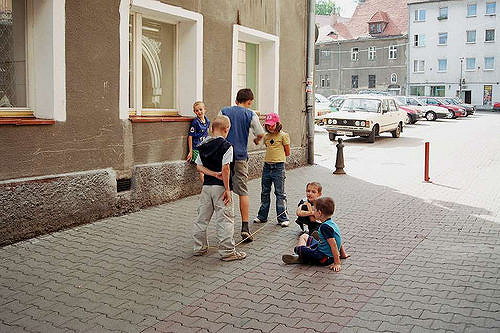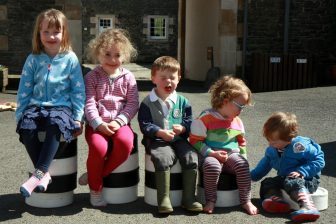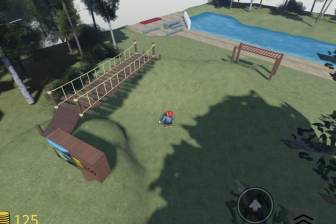
Cast Adrift in the City Without a Map: The Child with Autism Spectrum Disorder
As a society, we all have a responsibility to provide an inclusive built environment. However, for those with Autistic Spectrum Disorder (ASD), the built environment can be a frightening, difficult and confusing place. Hence the challenge of integrating more fully into society can be distanced by an alienating city environment.
Recently, there has been a growing interest in promoting ASD-friendly environments. With regard to individual buildings, design strategies to date have generally followed a widely accepted reductionist or generalist approach in trying to provide calming and quiet internal environments where the person with autism will feel more at ease. That level of consideration and research however has not yet been applied to the wider city at large. This is unfortunately potentially debilitating for younger children who can, therefore, find themselves detached from both learning and interaction with their peers by their uncomfortable surroundings.
With the incidence of ASD on the rise, now is the time for society to take stock. In the sensorium that is the city, those with ASD are often overlooked and forgotten. More and more they find themselves increasingly isolated, not just socially, but also temporally and spatially, in our built environment. Cast adrift and unable to navigate the city, the child with ASD therefore runs the risk of being lost forever. This is wrong; hence what is needed, both for city planners and those with ASD, is a map to aid navigation and steer a route through this hitherto uncharted territory. At stake is the well-being of a vulnerable and growing population in contemporary society. Accordingly, the authors contend, there now needs to be a greater discussion of what truly constitutes an ASD-friendly city, in conjunction an investigation into what strategies best articulate a progressive approach to supporting those with ASD – and especially the young – in our built environment.
Our paper at Child in the City Conference 2016 will introduce some of the challenges faced by those with ASD in trying to cope with their surroundings. It will then outlines a triad of challenges to overcome when considering what truly constitutes an ASD-friendly city. Developed alongside first hand input, testimony and observations from those with ASD, the paper will seek to give voice to their concerns and fears. The authors will also highlight the need and advantage of supporting adaption in our shared inhabited landscape through providing legibility, structure, quiet and reassurance for the child with ASD.
The hope is that, by increasing awareness and then questioning what genuinely constitutes an ASD-friendly city, we might ultimately help to facilitate greater inclusion of the child with ASD within mainstream society and its environments.
Author: Keith McAllister & Neil Galway
Photo Credit: Photo by Ilana Tamir
Interested in hearing more on Keith’s research? Join us at the Child in the City Conference in Ghent, Belgium on the 7-9 November!
View our conference website here!



